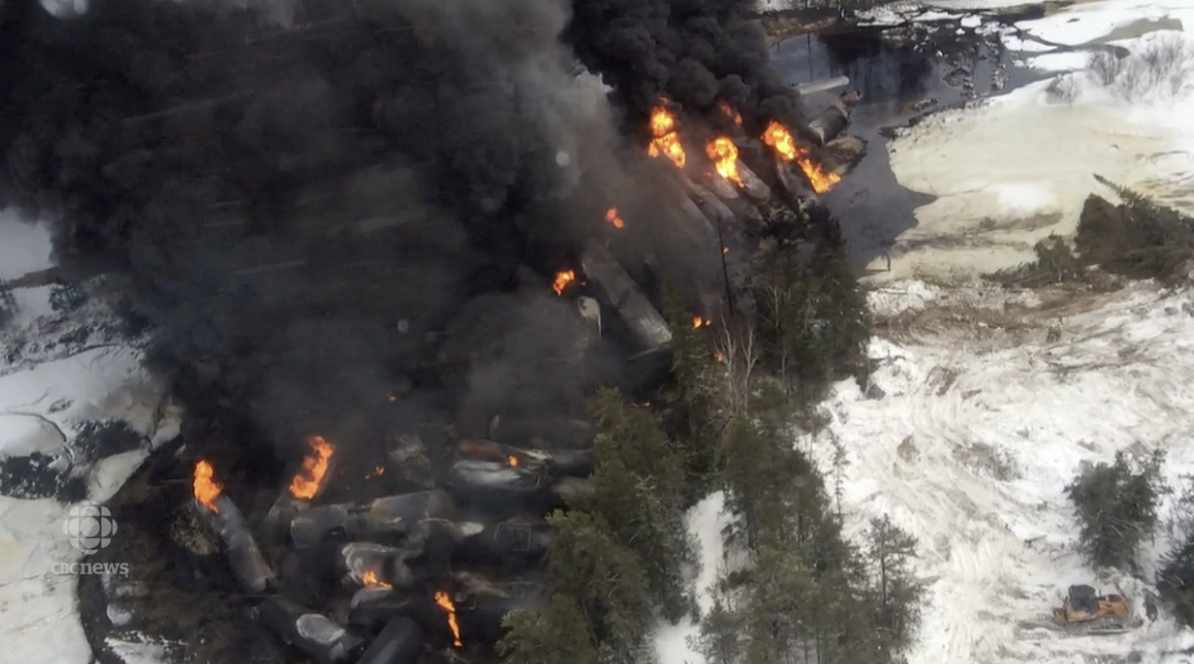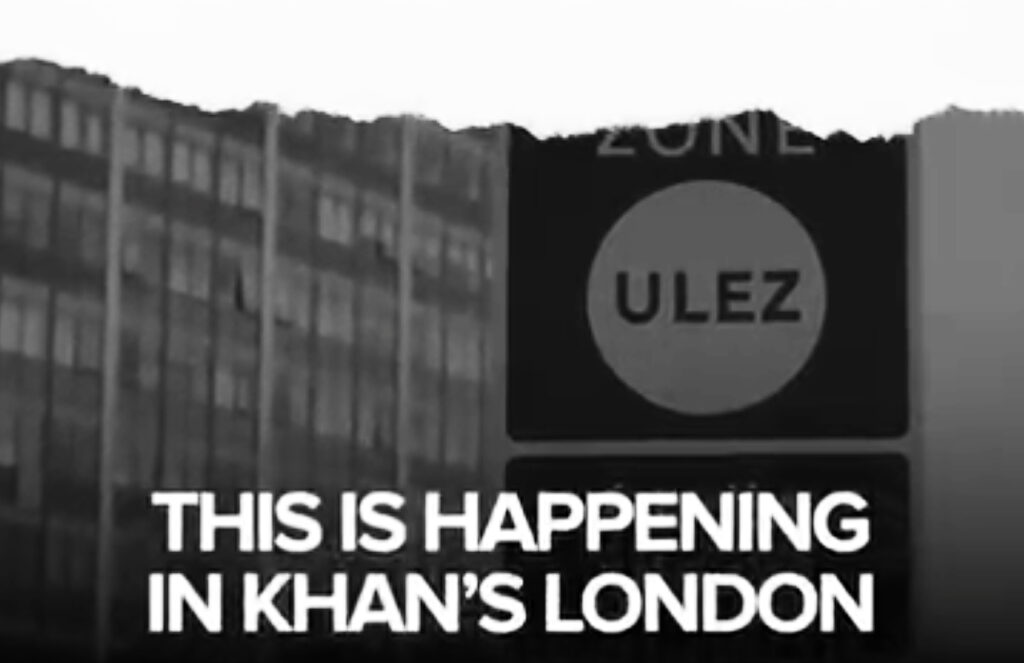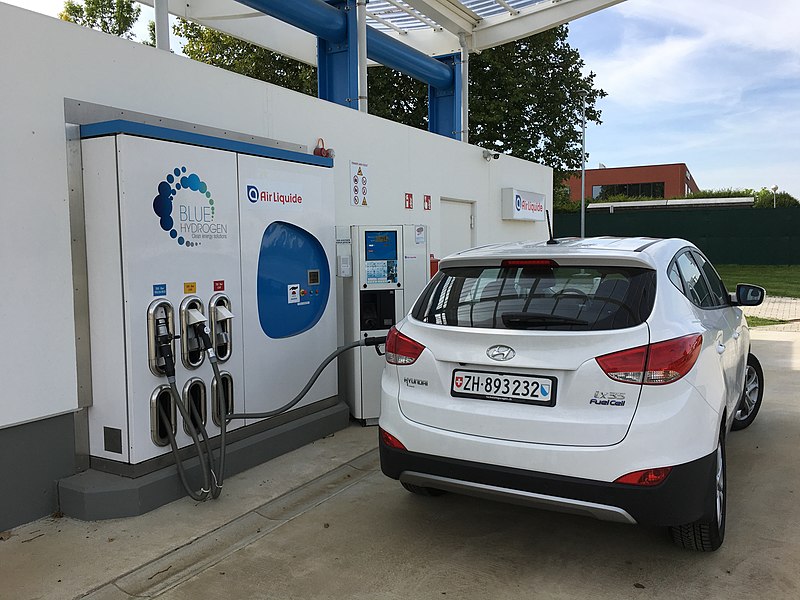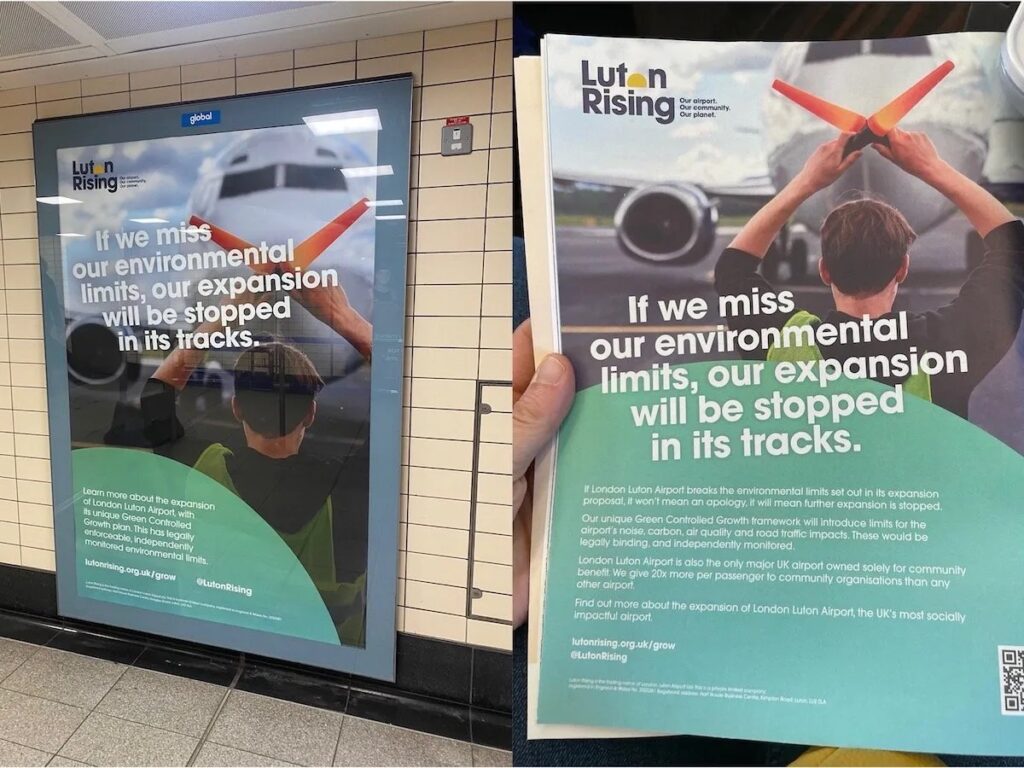Investors love a good comeback story and right now oil by rail seems to be a story they’re pushing to justify investment in rail companies, especially Canadian ones.
But with little change in safety practices or regulations since the 2014 oil-by-rail boom, is the industry setting itself up to once again earn the nickname that rail workers gave oil trains — that is, will “bomb trains” make a comeback?
Darren Lekkerkerker, a manager at the the Fidelity Canadian Balanced Fund, explained the situation to Bloomberg: “In the past, crude by rail was looked at as low-quality revenue because it was very cyclical, but given the lack of market access, I think it makes sense for the energy producers to sign up to longer-term take-or-pay contracts, which is great for Canadian Pacific.”
Canadian Pacific Railway’s first quarter results reported a 17 percent increase in movement of “energy, chemicals, and plastics.” While that represents more than just oil, it certainly supports the recommendations from .
As we’ve reported on DeSmog, Canada’s lack of pipeline capacity to transport tar sands oil is driving a resurgence of oil by rail. Here in the U.S., the amount of oil moving by rail is also increasing. As oil production reaches record volumes, with predictions for big increases in the future, rail will likely once again play a prominent role in moving oil.
Canada will see no new pipelines come online until 2020 at the earliest, which means rail has a couple year window as the only option to absorb increases in oil production. But that timeline relies on everything going as planned with the proposed pipelines, which hasn’t been the case for many major pipelines recently, due to serious opposition by activists and Indigenous peoples.
And while the Dakota Access pipeline in North Dakota has absorbed much of the oil coming from the Bakken shale oilfields which was previously moved by rail, recent predictions put the pipeline at maximum capacity within two years “or less,” according to Lynn Helms, North Dakota’s top oil and gas regulator. The state has plenty of existing rail capacity to move any excess volumes of oil.
The oil industry prefers moving oil by pipeline rather than rail because it is cheaper. However, there is little doubt that rail is the next best option and the industry is more than willing to use it to meet the ever-increasing volumes of shale and tar sands oil produced in North America.
As IHS Markit analyst Kevin Birn explained to Canada’s Global News, “Fundamentally, it’s on a rail scenario at this point, through until not [just] the next pipeline is online, but the next two pipelines.”
Opposition to Oil by Rail
With the success of Canadian activists blocking pipeline projects, it comes as no surprise that there is also opposition to increased transportation of oil-by-rail. And American activists are currently riding a long winning streak of blocking new oil-by-rail infrastructure.
The recent news about Kinder Morgan putting its Trans Mountain pipeline expansion on hold has raised the possibility of greater increases in Canadian oil by rail, and not everyone is enthusiastic about that. The government of British Columbia is seeking authority from the courts to limit the volumes of oil that move by rail.
However, the likelihood of a regional government being allowed to control rail traffic is slim in Canada and pretty much impossible in America due to the concept of pre-emption, which says that only the federal government can regulate the rail industry. Liberal legislator Mike de Jong is not optmistic about British Columbia’s chances of prevailing in court, telling The Globe and Mail, “There is not a snowball’s chance in hell that he [B.C.’s Premier] is going to receive that declaration.”
To date, the only way local communities and governments have been able to limit oil by rail through their jurisdictions is by stopping new infrastructure projects — most of which have been at American port cities. These efforts have certainly limited the oil industry’s options for where it can move oil by rail, but, as was evident during America’s oil-by-rail boom peak in late 2014, enough current infrastructure already exists to scale up a lot more transport of oil by rail.
Current evidence suggests that the next several years very likely will see large increases in the amount of oil-by-rail traffic in North America.
More Rail on the Way Despite Known Dangers
In an InvestorPlace article about Kinder Morgan, financial and tech journalist Dana Blankenhorn mentions some of the dangers of moving oil by rail:
“One reason you don’t see big headlines about ‘bomb trains’ in 2018 is because falling demand for oil in the middle of the decade moved crude into cheaper, safer pipeline networks, which also condition (pre-heat) the product to extract volatile, valuable liquids.”
As expected, lower volumes of oil-by-rail traffic have resulted in fewer fiery derailments and large spills. Of course, that means as traffic again increases, those accidents and headlines about “bomb trains” may become familiar sights again as well. And while the term “bomb trains” is typically used to describe Bakken oil trains, two Canadian oil trains which crashed in 2015 and were likely carrying tar sands also caught fire, exploded, and caused massive oil spills. Tar sands oil is also highly volatile when moved as syncrude or diluted bitumen.
However, the more interesting point Blankenhorn makes is acknowledging that the “bomb trains” are called that because of the “volatile, valuable liquids” in the crude oil mixture.
He also notes that oil companies remove these volatile components before transporting crude oil by pipeline, making the oil safer to move and avoiding risks to their pipelines. However, the industry refuses to do the same before putting the oil in rail tank cars, which would avoid risks to people and the environment.
As detailed on DeSmog, stabilizing oil by removing the volatile natural gas liquids (NGLs) would effectively end the Bakken “bomb train” phenomena. However, that would require energy companies to invest in stabilization infrastructure where the oil is loaded onto trains. At the end of the Obama administration, the U.S. Pipeline and Hazardous Materials Safety Administration proposed requiring the industry to stabilize oil before loading on trains, but the rule is very likely to die a quiet death under the Trump administration, much like the proposed rail safety regulations dealing with sleep apnea, minimum two person crews, and rail wear. That’s not to mention the complete lack of discussion about regulating train length and train weight in order to make oil trains safer and less likely to derail.
The one meaningful safety regulation that came out of the Obama administration was a requirement that oil trains have modern electronically controlled pneumatic (ECP) braking systems.
John Risch is a national legislative director for SMART–TD, a labor union that represents employees on every Class I railroad, Amtrak, and on many regional and shortline railroads. Risch has 40 years of experience in the rail industry, which included operating long coal trains. He is also a big believer in ECP brakes.
“In all that I’ve seen in my 40 years, the greatest safety improvement, bar none, is electronically controlled pneumatic (ECP) train brakes,” Risch told a Congressional committee in 2007.
At the end of 2017, however, the Trump administration announced its plan to repeal this regulation, stating that the brakes were too expensive and their safety benefits didn’t justify the costs.
In addition, oil trains are still not required to have oil spill response plans, despite these trains being responsible for some of the largest land-based oil spills in North America in modern history.
While it’s true that “bomb trains” aren’t making headlines in 2018, with the expected increase in North American oil-by-rail traffic, expect to see them making headlines in the next several years.
Main image: Canadian oil train derailment in Gogama, Ontario. Credit: Screen capture of CBC News video.
Subscribe to our newsletter
Stay up to date with DeSmog news and alerts






